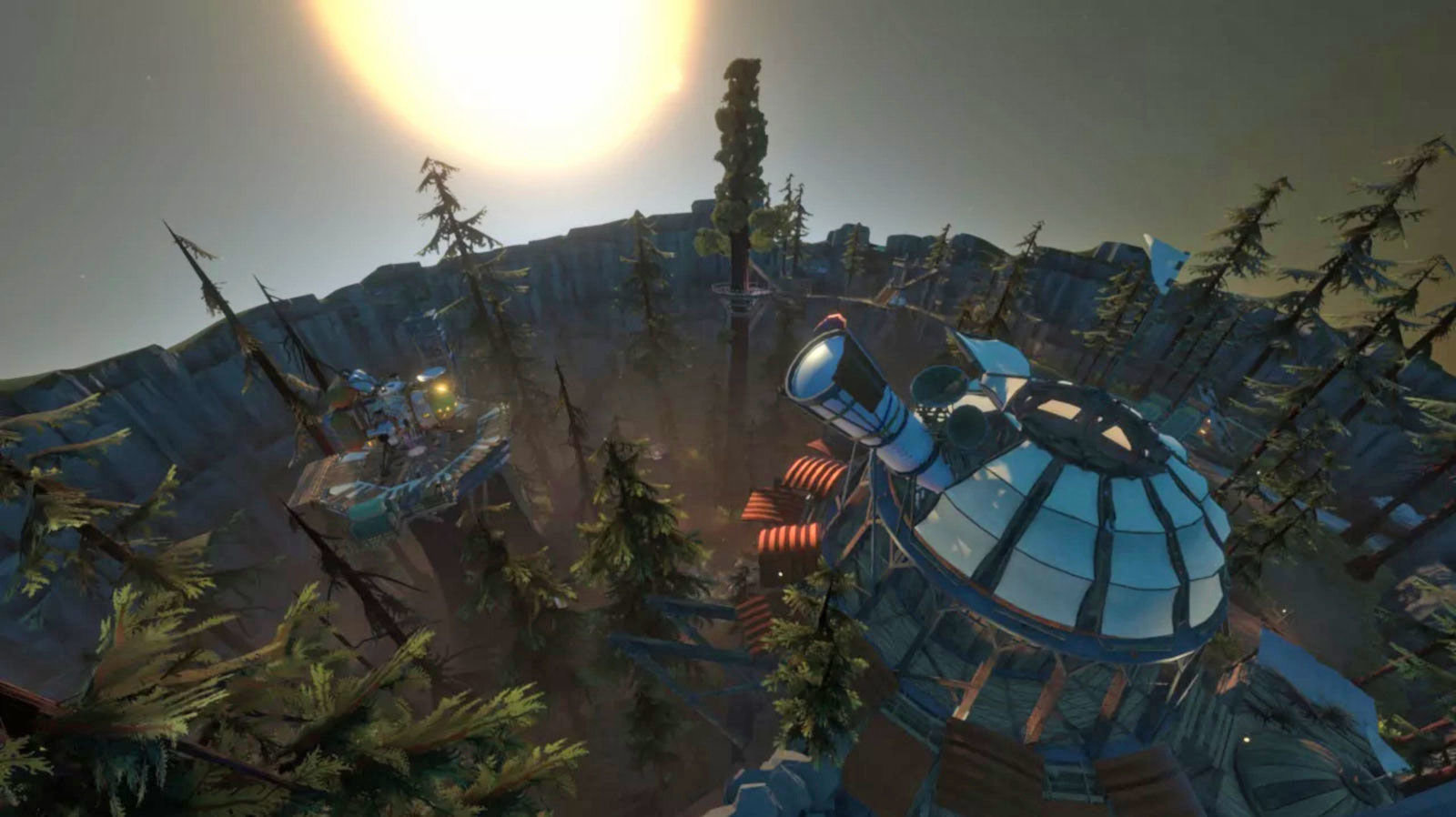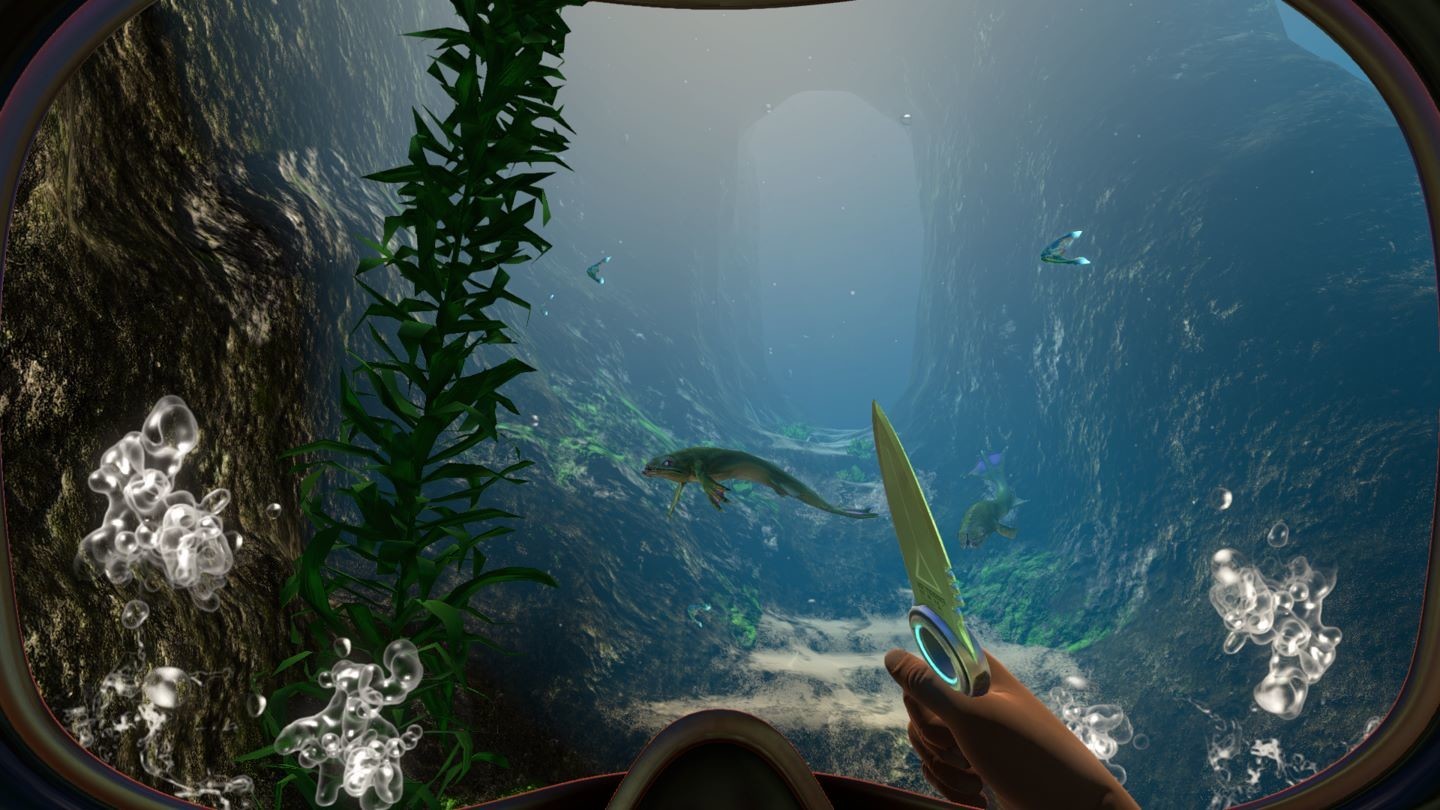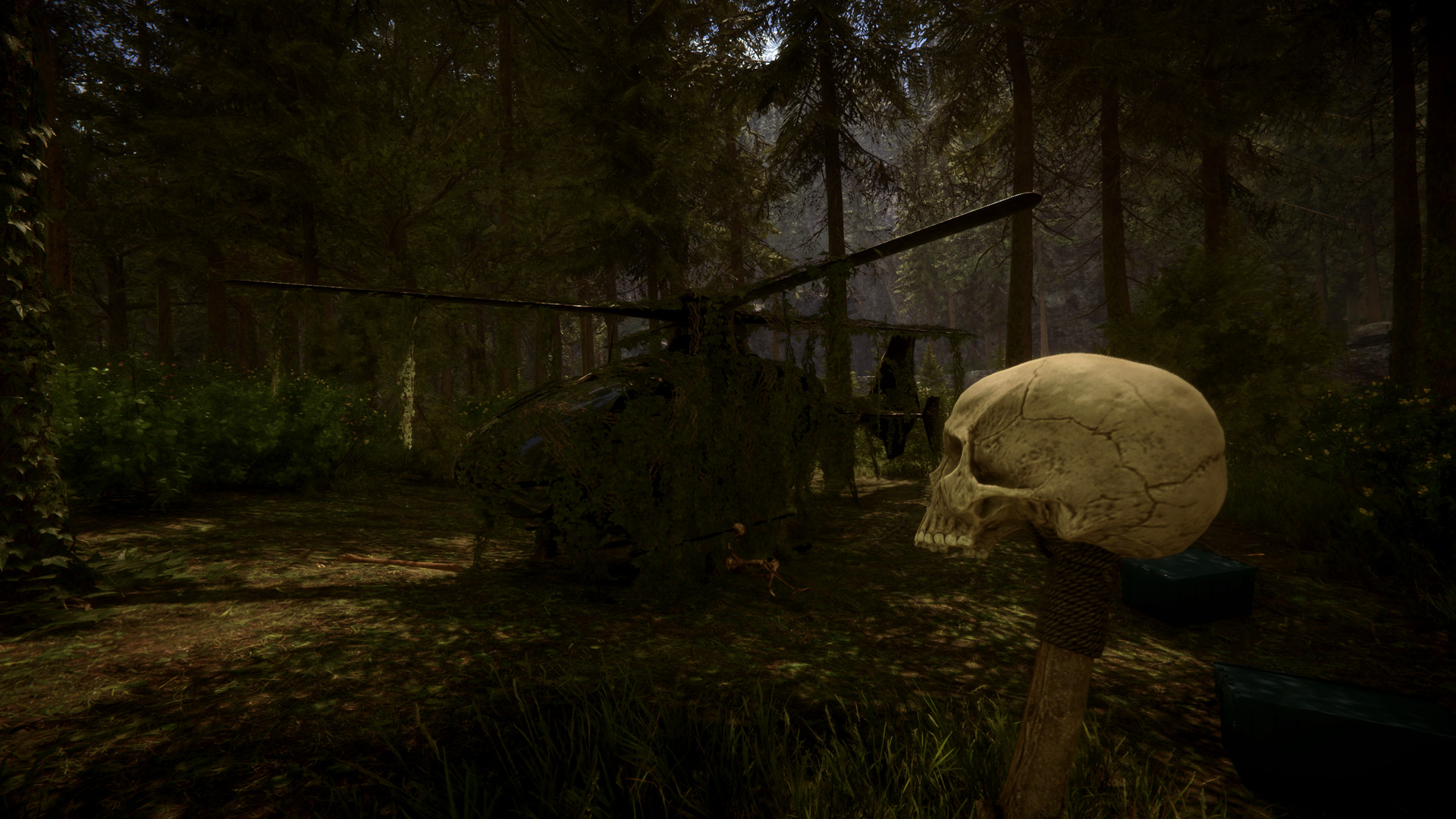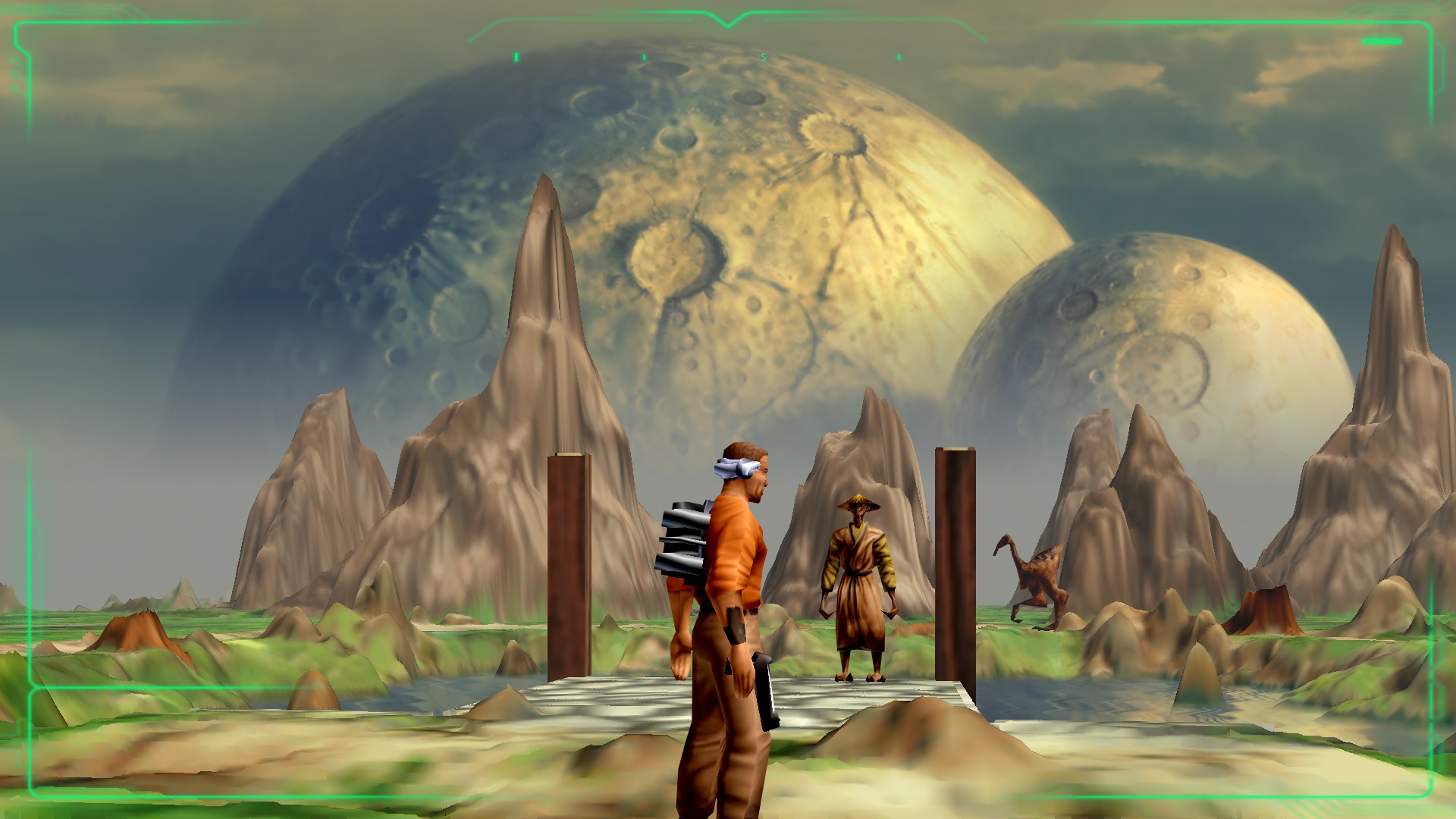
Games are often hamstrung by the crippling fear that if they’re not easily understood by their audiences, they’re not going to have mass appeal, and in turn, mass sales. Often, that leads to experiences where excessive guidance, markers, hints, or what have you almost seem to take any and all agency out of the question. That’s why, at a time where we’re inundated by games that seem almost intent on playing themselves, we simply cannot get enough of large, sweeping experiences that aren’t only open-ended, but also choose to go in the exact opposite direction and refuse to hold players’ hands at almost all times. Here, we’re going to talk about a few such games- beginning with the most recent one.
DRAGON’S DOGMA 2
Most companies developing a long-awaited sequel to a relatively niche game that was considered too opaque by many who played it would have tried to streamline things to appeal to a broader crowd, but with Dragon’s Dogma 2, Capcom not only stuck to its original vision, it doubled down on it. Whether its through its lack of quest guidance, the by-design unreliability of its autosaves, its limited fast travel options, or mechanics such as Dragonsplague, Dragon’s Dogma 2 is all about creating engagement and memorable gameplay through an abundance of friction. Something like that can easily break an entire experience, but Dragon’s Dogma 2 thrives with that approach.
ELDEN RING
Elden Ring obviously had to be on this list. FromSoftware’s design ethos has always revolved around offering players as little guidance as possible, something that has enabled some truly excellent experiences over the years, and that same philosophy enables Elden Ring to craft a spectacular open world. Funnily enough, with its generous checkpointing and fast travel system, Elden Ring actually feels more hospitable than previous From titles in some regards, but the feeling of absolute freedom to go anywhere in its massive, gorgeous, intimidating world isn’t something that many other games have been able to nail in the past- or at least not nearly as well as Elden Ring did.
THE LEGEND OF ZELDA: TEARS OF THE KINGDOM
Even if Tears of the Kingdom had been a cut-paste follow-up to Breath of the Wild, its open world experience would have merited it a place on this feature, with the whole point of these games being to place no restrictions and offer no suggestions to players about how they should play. All of that is, of course, present and accounted for in Tears– but this is also a significantly larger and more complex game than its predecessor, which makes it that much more impressive to see how well it balances its lack of handholding and how easy it is to grasp its core concepts. Tears of the Kingdom very rarely nudges you in any specific direction, because it has the confidence that no matter what you do, you’re going to end up having fun- and honestly, that confidence is well earned.
OUTER WILDS
Outer Wilds is obviously not your typical open world game, to the extent that labelling it as an open world experience almost feels inaccurate, even if it isn’t on paper. How it’s structured has a huge hand in that. As you go through multiple, repeated 22-minute loops and explore more and more of its mysterious space setting, the pieces of its narrative puzzle slowly start falling into place, and as its many fans will tell you, that’s only as effective as it is because the game goes out of its way to stay out of yours. You’re the master of your own destiny in Outer Wilds, and the game simply cannot be praised enough for how confidently it gives you the freedom to unravel its tantalizing mysterious however you wish.
SUBNAUTICA
In Subnautica, you crash on an alien planet and find yourself in hostile underwater locations. Your only objective? Survive, and find a way off-world. How you choose to do that in its oceanic setting is left up to you. Braving the surreal yet alien depths of its underwater locations, you constantly have an abundance of choices to make, with very little restrictions placed on you in where you want to go, what you want to explore, or what you want to build. The fact that the game manages to have the balanced progression curve that it does in spite of how hands-off it is for the vast majority of the times probably doesn’t get as much recognition as it should.
SONS OF THE FOREST
Sons of the Forest isn’t a friendly game. It’s setting is brutal and harsh, it’s brimming with nightmare-fuel of the scariest kind, and mechanically, it’s not afraid to piss you off with how opaque it can be from time to time. But though all of that could easily turn many people off, its harshness is exactly what makes Sons of the Forest the brilliant game that it is. Every second you spent on its cannibal-infested island is the definition of a waking nightmare, and the fact that the game makes no effort to make that experience even slightly pleasant for you only makes its terrifying offerings stand out in memory that much more.
OUTCAST
Easily one of the oldest games on this list, but a feature like this one would be incomplete without any mention of Outcast. Recognized as one of the first true open world games ever made, above all else, Outcast emphasized immersion. A lot of that came through the use of diegetic elements rather than the overreliance on UI that modern open world titles have become known for, which, paired with the game’s focus on player freedom and agency, made for a game that, for its time, felt truly limitless. Obviously, it had a great deal of technical issues (especially if you play it today, even if you’re playing the remaster), but from a design perspective, it was very much ahead of its time.
METRO EXODUS
Metro Exodus isn’t a fully open world game, instead letting players explore a series of larger, semi-open maps, but it uses its openness to great effect, because never does it feel like it’s inundating you with pointless, filler content, or offering excessive guidance in what to do, or how to do the things that you’re doing. That was, of course, the case with its predecessors as well, but Metro Exodus takes those elements and cranks them up to eleven. Conserving ammo, dealing with the dangers of a post-nuclear wasteland, finding your way around environments, and hell, even using a map- almost nothing in this game feels “gamified”, for the lack of a better word.
KENSHI
Kenshi is definitely a flawed game, especially from a technical perspective, but if you’re aching for an open world RPG sandbox that lets you have whatever kind of adventure you want, it’s well worth a look. The level of systemic and mechanical depth on offer here is almost staggering, to the extent that it can be a bit much in the early hours, but once you get to grips with it, it’s hard not to be taken aback by the agency that you as a player are constantly afforded in Kenshi.
ARK: SURVIVAL EVOLVED
Like a few other survival games (some of which are on this list), Ark: Survival Evolved prides itself on being almost entirely devoid of handholding, to the extent that it can be almost intimidating to completely new players jumping in for the first time. Its large, unforgiving open world is brimming with a variety of different challenging, and figuring out not only how to get past them, but even learning what those challenges are, is left entirely to you and your ability to explore, discover things, and improve at the game.
VALHEIM
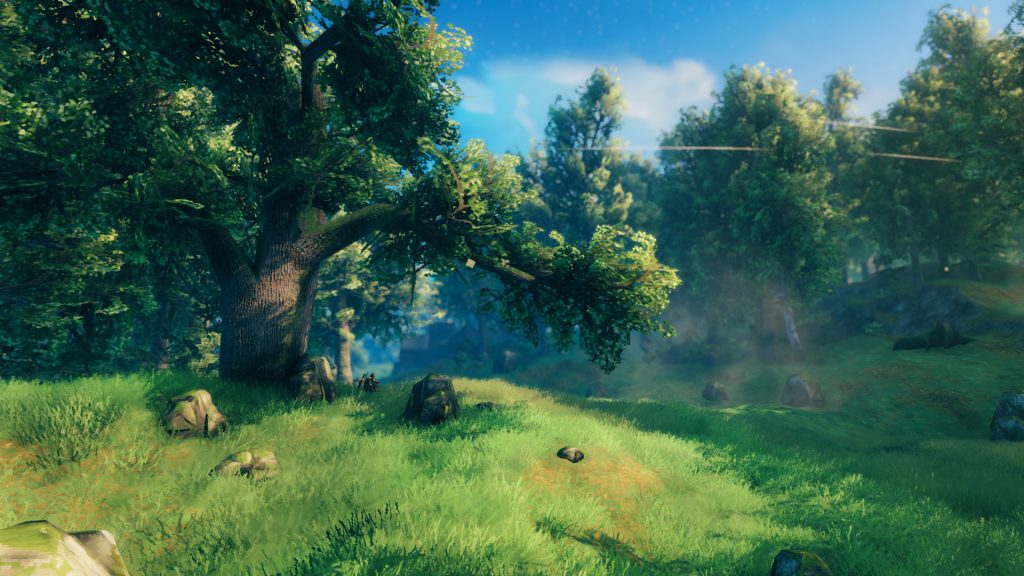
Yep, another survival game- this is a a genre that lends itself incredibly well to the no-handholding philosophy. Valheim is admittedly a little bit more welcoming than a lot of the other games we’ve spoken about on this feature, but even so, when you first jump in, the game tells you awfully little about how to move things forward. Thankfully, everything from combat to exploration to gathering resources to building your bases is a hell of a lot of fun in Valheim, so even when the game’s being a bit opaque about what it wants you to do, it’s still a hell of a lot of fun.








